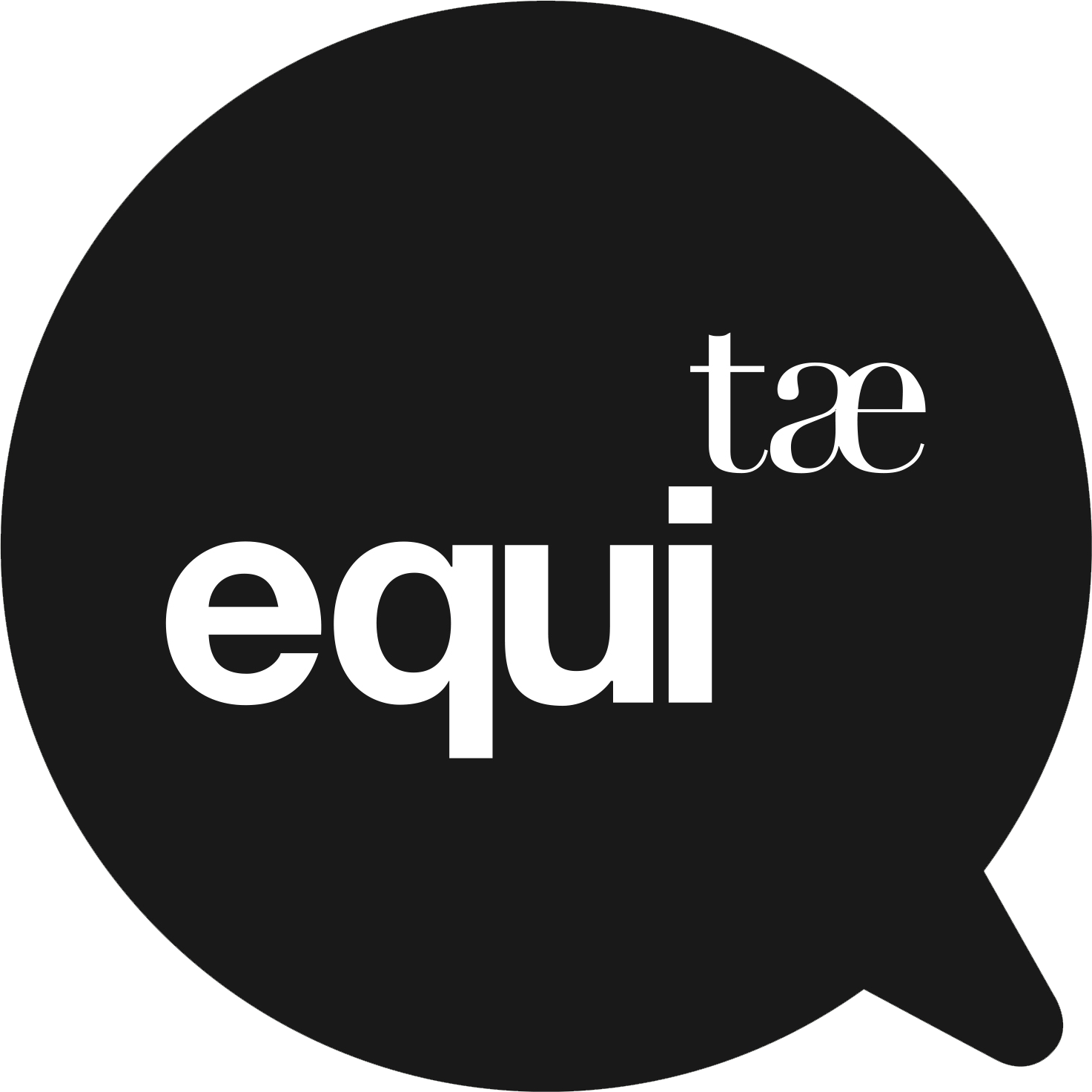« Dressage is here for the horse and not the horse for the dressage.
»
Who are the challenges for?
The riders:
— lovers of classical riding
— wishing to improve their understanding of the locomotion of their horse
— eager to understand the progression of the horse’s training
— who wish to "test" themselves under less strict conditions than usual competitions
— who can't go out in competition (horse without papers, no diploma...)
For teachers wishing to :
— an outside view from teachers with a great deal of experience
— to reinforce their pedagogy (construction of dressage and jumping workshops)
The training scale
The tests are based on the training scale, offering pedagogical steps - for both rider and horse - leading progressively towards the collection of the horse with the constant search for "the restitution or improvement of natural gaits", always favouring correctness over exuberance.
The movements and figures proposed in the five levels mirror the three main stages of the progression scale:
— building the bases - respecting natural gaits
— propulsion - on the bit (mise en main)
— balance - towards collection (straightness and collection)
and must serve as a guide for any rider in the stages of training his horse with the constant obsession to return to the basics (rythm, relaxation, connection) when any problem is encountered.
Natural gaits - the inNER WAY OF MOVING
The main principles sought:
— a natural locomotion that goes from back to front
— an attitude / posture that evolves with the horse's dressage, initially extended
— the nose slightly in front of the vertical- harmonious muscle development
From the simplest/easiest to the most difficult movements requested, the judgement criteria used are those that combine:
— the attitude of the front end corresponding to the each horse’s degree of collection
— the proper functioning of the top line
— the support of the masses / self carriage capability
— the amplitude
Evaluate each horse individually
Each horse has its physical limits due to its morphology and its ability to go towards collection.
We will try to understand these limits and to try and approach them by respecting a locomotion which does create/encourage back movers rather than leg movers with a supple yet engaged top line which promote correct and easy movements.
It is the rider's interpretation of his horse that is being judged, and not the intrinsic qualities of the horse.
Seeking relaxation
The tests can be dictated with an earpiece for riders who wish to do so.
The movements, rather than being accurately started at the letter, can be performed in a range of intervals depending on the level to allow the horse to be in the best position to perform them.
The figures only count for 10% of the final grade, to allow the riders to focus on the main principles of the progression scale and the conditions of realization rather than the execution itself.
The rising trot and the 2 points canter position are allowed, systematically at the beginning , then when the rider feels that the locomotion of his horse would be improved.
Riders are invited, whenever they think it is appropriate and up to the highest level, to vary the attitude of their horse in order to keep his back functioning smoothly at all times. In all attitudes adopted, the nose should always be slightly beyond vertical.
THE pEdagogY
The challenges propose sequences of figures to make the execution easy for the horse and give the riders a basis to work on or to perfect movements, which are introduced progressively. They are like a guide in the horse's training, and preparing them can serve as a basis for work sessions and help improve locomotion.
More than just giving notes, the main purpose of the protocols is to give a perspective on the locomotion of each horse and to propose work axes to the riders in order to allow them to continue to progress with their partner.
In addition to the protocol with its marks, an evaluation grid allows the judges to complete their analysis of the horse/rider pair (horse's functioning, rider's functioning, exercises proposed to improve locomotion, advices to obtain correct improved gaits, foresee progress potential and objectives to be achieved, correction of defective attitudes and acquiring better control of aids).

